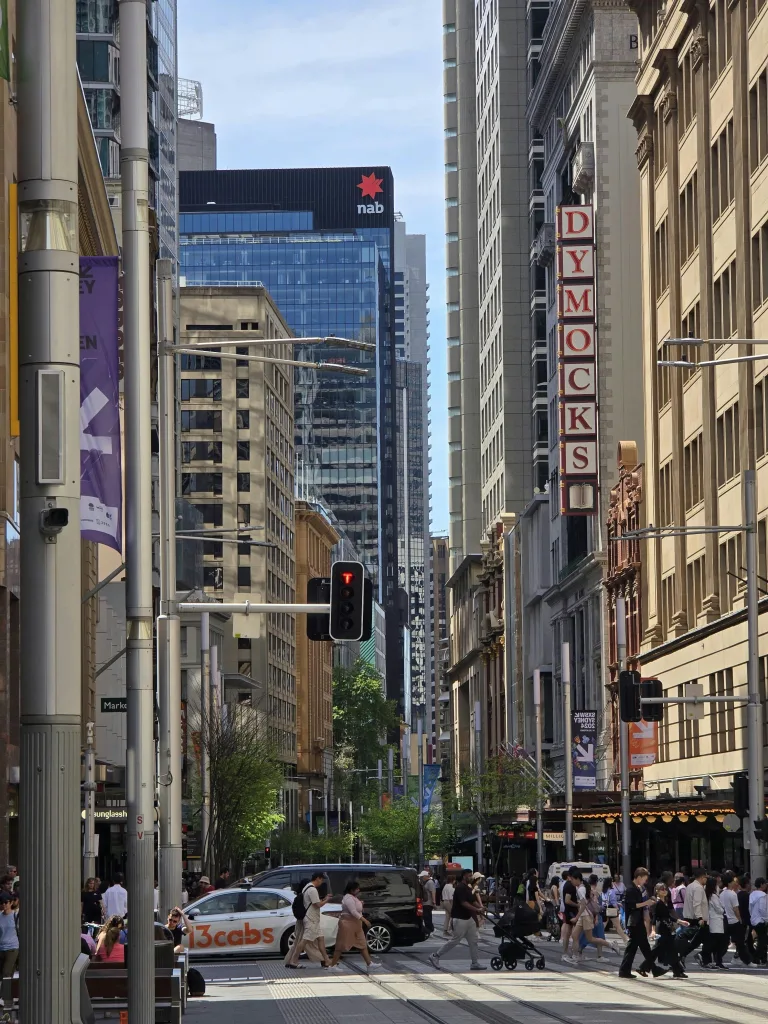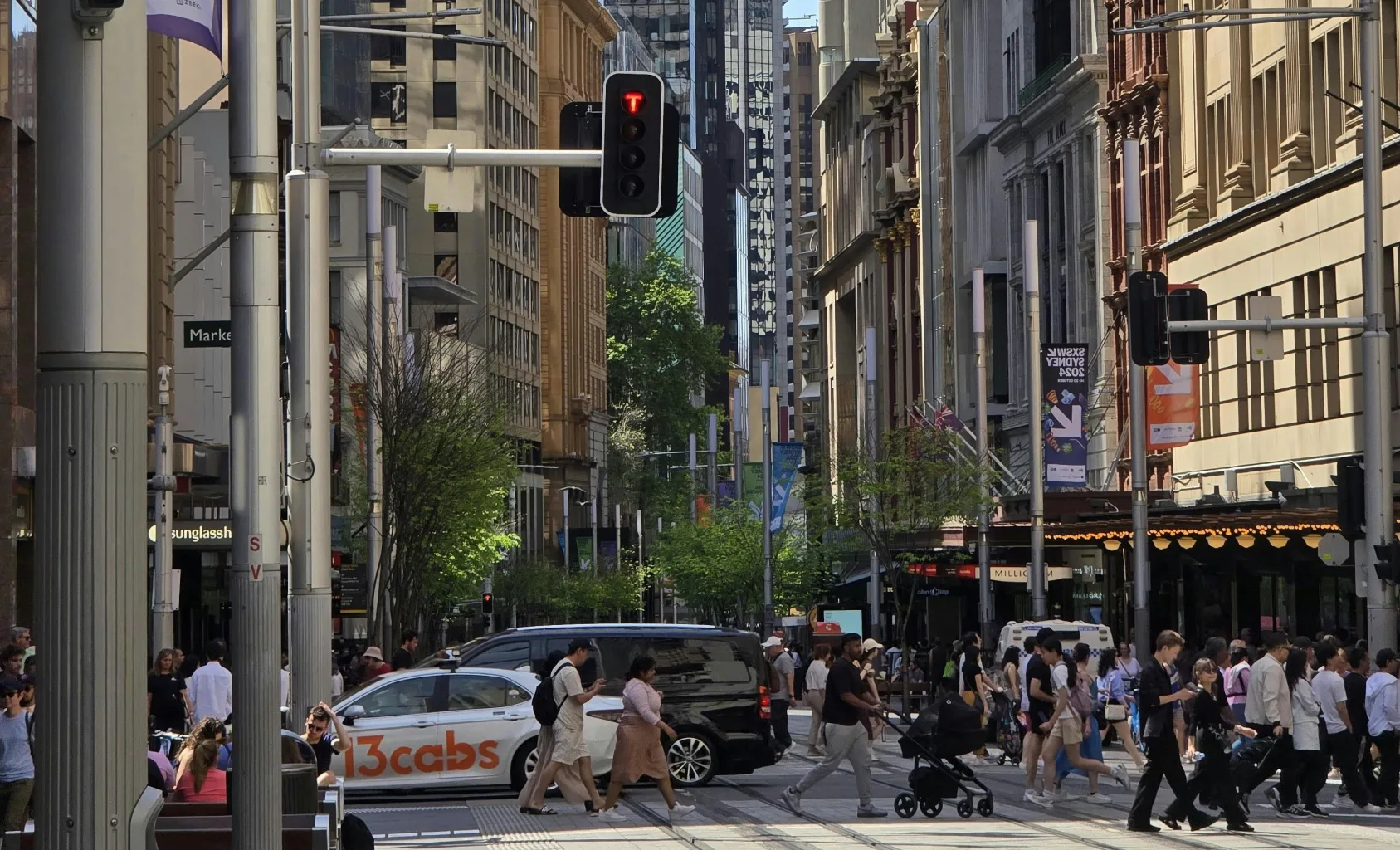Professional Strategies for Long-Lasting Results
High-traffic commercial areas present unique painting challenges that require specialised knowledge, premium materials, and proven techniques. From busy office lobbies to bustling retail spaces, these environments demand commercial painting solutions that can withstand constant use while maintaining professional appearance and brand integrity.
As experienced commercial painters, we’ve developed proven strategies for painting high-traffic areas that deliver exceptional durability, aesthetic appeal, and long-term value. This comprehensive guide shares our professional insights to help you understand what makes commercial painting projects successful in demanding environments.
Understanding High-Traffic Commercial Painting Challenges
High-traffic commercial areas face constant stress from daily operations, making commercial painting durability a critical consideration. These spaces must balance aesthetic appeal with practical performance requirements.
Common High-Traffic Commercial Areas
- Office lobbies and reception areas – First impression spaces requiring premium finishes
- Retail stores and shopping centers – Customer-facing areas needing vibrant, attractive surfaces
- Hospital corridors and waiting rooms – Healthcare environments requiring antimicrobial properties
- School hallways and classrooms – Educational facilities demanding easy maintenance
- Restaurant dining areas – Food service spaces needing cleanable, stain-resistant surfaces
- Warehouse and industrial facilities – Work environments requiring durable, safety-compliant coatings
- Hotel common areas – Hospitality spaces needing luxury appearance with high durability
Key Challenges in High-Traffic Commercial Painting
Professional commercial painters must address multiple performance requirements simultaneously:
- Frequent contact and abrasion from people and equipment
- Regular cleaning with commercial-grade cleaning products
- Exposure to varying humidity and temperature conditions
- Need for quick touch-ups and maintenance without business disruption
- Compliance with industry-specific regulations and standards
- Brand consistency across multiple locations or large facilities
Essential Paint Selection for High-Traffic Areas

Sydney’s high traffic commercial areas
Premium Paint Systems for Commercial Use
The foundation of successful high-traffic area painting lies in selecting appropriate paint systems engineered for commercial performance demands.
High-Performance Interior Paints
- 100% Acrylic Latex Paints – Superior durability and washability for interior walls
- Epoxy-Fortified Paints – Enhanced scratch and chemical resistance
- Low-VOC Commercial Formulas – Healthy indoor air quality compliance
- Antimicrobial Coatings – Essential for healthcare and food service environments
- Stain-Blocking Primers – Prevention of bleed-through and discoloration
Specialty Commercial Coatings
- Anti-graffiti coatings for exterior and vulnerable interior surfaces
- Fire-retardant paints for safety code compliance
- Non-slip floor coatings for pedestrian safety areas
- Magnetic and dry-erase wall paints for interactive commercial spaces
- Sound-dampening coatings for noise reduction in busy environments
Finish Selection for Optimal Performance
Commercial paint finishes significantly impact both appearance and maintenance requirements in high-traffic areas.
- Satin Finish (40-50% gloss) – Ideal balance of cleanability and appearance for most commercial walls
- Semi-Gloss Finish (50-70% gloss) – Maximum washability for heavily used areas and trim work
- Flat Finish (0-10% gloss) – Limited use in low-traffic commercial areas where touch-ups are frequent
- Specialized Textures – Custom finishes for brand identity and aesthetic requirements
Professional Surface Preparation Techniques
Critical Preparation for Commercial Success
Proper surface preparation is even more crucial in commercial painting projects due to the demanding performance requirements and visibility of results.
Comprehensive Surface Assessment
- Substrate evaluation – Identifying drywall, concrete, metal, or composite surfaces
- Existing coating analysis – Testing adhesion and compatibility with new paint systems
- Moisture and pH testing – Ensuring optimal conditions for paint adhesion
- Contamination identification – Locating grease, nicotine, or other problematic substances
- Structural integrity check – Addressing cracks, holes, or surface irregularities
Advanced Preparation Methods
- Power washing and degreasing for heavily soiled commercial surfaces
- Chemical stripping for removing incompatible existing coatings
- Abrasive blasting for metal surfaces requiring maximum adhesion
- Skim coating for achieving smooth finishes on imperfect substrates
- Primer application using commercial-grade bonding agents
Strategic Application Techniques for Commercial Environments
Professional Application Methods
Commercial painting contractors employ specialized application techniques to ensure uniform coverage and maximum durability in high-traffic environments.
Equipment Selection for Commercial Projects
- Airless spray systems for large surface coverage and uniform finish
- HVLP spray equipment for detailed work and reduced overspray
- Professional roller systems for textured surfaces and accent areas
- Specialized brushes for trim work and detail applications
- Heated spray systems for optimal paint flow in challenging conditions
Multi-Coat System Application
Professional commercial painting systems typically require multiple coats for optimal performance:
- Primer coat – Ensures proper adhesion and seals the substrate
- Base coat – Provides primary color and initial protection
- Finish coat – Delivers final appearance and maximum durability
- Protective topcoat – Optional clear coat for extreme durability requirements
Timing and Scheduling for Minimal Business Disruption
Strategic Project Planning
Successful commercial painting projects require careful scheduling to minimize disruption to business operations while maintaining quality standards.
Off-Hours and Phased Painting Strategies
- Weekend and holiday scheduling for retail and office environments
- Night shift painting for 24-hour commercial facilities
- Phased area completion allowing partial facility operation
- Seasonal timing coordinated with business cycles
- Emergency contingency planning for weather or operational delays
Fast-Cure Paint Systems
Modern commercial painting utilizes advanced formulations for rapid return to service:
- Quick-dry formulas reducing cure time to hours instead of days
- Low-odor paints allowing occupied space painting
- Single-coat systems for specific applications requiring minimal disruption
- Catalyzed coatings for industrial environments needing immediate chemical resistance
Maintenance and Touch-Up Strategies
Proactive Maintenance Planning
Commercial painting maintenance is essential for preserving appearance and extending coating life in high-traffic areas.
Scheduled Maintenance Programs
- Regular cleaning protocols using approved cleaning products
- Quarterly touch-up inspections identifying areas needing attention
- Annual coating assessments planning for preventive maintenance
- Emergency repair procedures for immediate damage response
- Color-matching services ensuring consistent appearance over time
Touch-Up Best Practices
- Paint batch tracking for exact color and sheen matching
- Surface preparation mini-protocols for small repair areas
- Feathering techniques blending touch-ups seamlessly
- Quality control inspection ensuring professional appearance
- Documentation systems tracking maintenance history

Cost Optimization Strategies
Value Engineering for Commercial Projects
Professional commercial painting balances quality with cost-effectiveness through strategic planning and material selection.
Long-Term Cost Considerations
- Life-cycle cost analysis comparing initial cost with maintenance requirements
- Premium paint system benefits reducing frequency of repainting
- Productivity optimization minimizing labor costs through efficient methods
- Bulk purchasing advantages for multi-location projects
- Maintenance program savings preventing costly emergency repairs
Environmental and Safety Compliance
Regulatory Compliance in Commercial Painting
Modern commercial painting contractors must navigate complex environmental and safety regulations while delivering superior results.
Environmental Considerations
- VOC compliance with local and federal air quality regulations
- Waste disposal protocols for paint and preparation materials
- Energy-efficient coating systems contributing to building sustainability
- Recycling programs for paint containers and equipment
- Green building certification support through approved materials
Worker and Occupant Safety
- OSHA compliance for painter safety and training
- Respiratory protection during spray application
- Lead-safe work practices in older commercial buildings
- Confined space procedures for complex commercial environments
- Emergency response planning for occupied buildings
Future Trends in Commercial Painting
Innovative Technologies and Materials
The commercial painting industry continues evolving with advanced materials and application technologies.
Emerging Paint Technologies
- Self-cleaning coatings reducing maintenance requirements
- Smart paints with temperature or humidity-responsive properties
- Photocatalytic surfaces actively purifying indoor air
- Nanotechnology enhancements improving durability and performance
- Biomimetic coatings inspired by natural systems
Choosing the Right Commercial Painting Contractor
Essential Contractor Qualifications
Selecting qualified commercial painting professionals is crucial for high-traffic area success.
Key Contractor Credentials
- Commercial painting experience with similar high-traffic projects
- Industry certifications from paint manufacturers and trade organizations
- Comprehensive insurance coverage protecting your business
- Safety program documentation ensuring compliant work practices
- Quality assurance systems guaranteeing consistent results
- Reference portfolio demonstrating successful high-traffic projects
Maximizing Your Commercial Painting Investment
High-traffic commercial areas represent significant investments in both initial painting and ongoing maintenance. Professional commercial painting using proven strategies and premium materials ensures maximum return on investment through:
- Extended coating life reducing repainting frequency
- Enhanced professional appearance supporting business success
- Reduced maintenance costs through durable, cleanable finishes
- Compliance with industry regulations avoiding costly violations
- Improved indoor air quality supporting occupant health and productivity

Ready for Your Commercial Painting Project?
Painting high-traffic commercial areas requires specialized expertise, premium materials, and proven project management. Our experienced team of commercial painting professionals understands the unique challenges and performance requirements of demanding commercial environments.
Contact our commercial painting specialists today to discuss your high-traffic area painting needs. We provide comprehensive consultations, detailed project planning, and exceptional execution that keeps your business looking professional while minimizing operational disruption.
Transform your high-traffic commercial spaces with painting solutions engineered for performance, durability, and lasting visual appeal.
